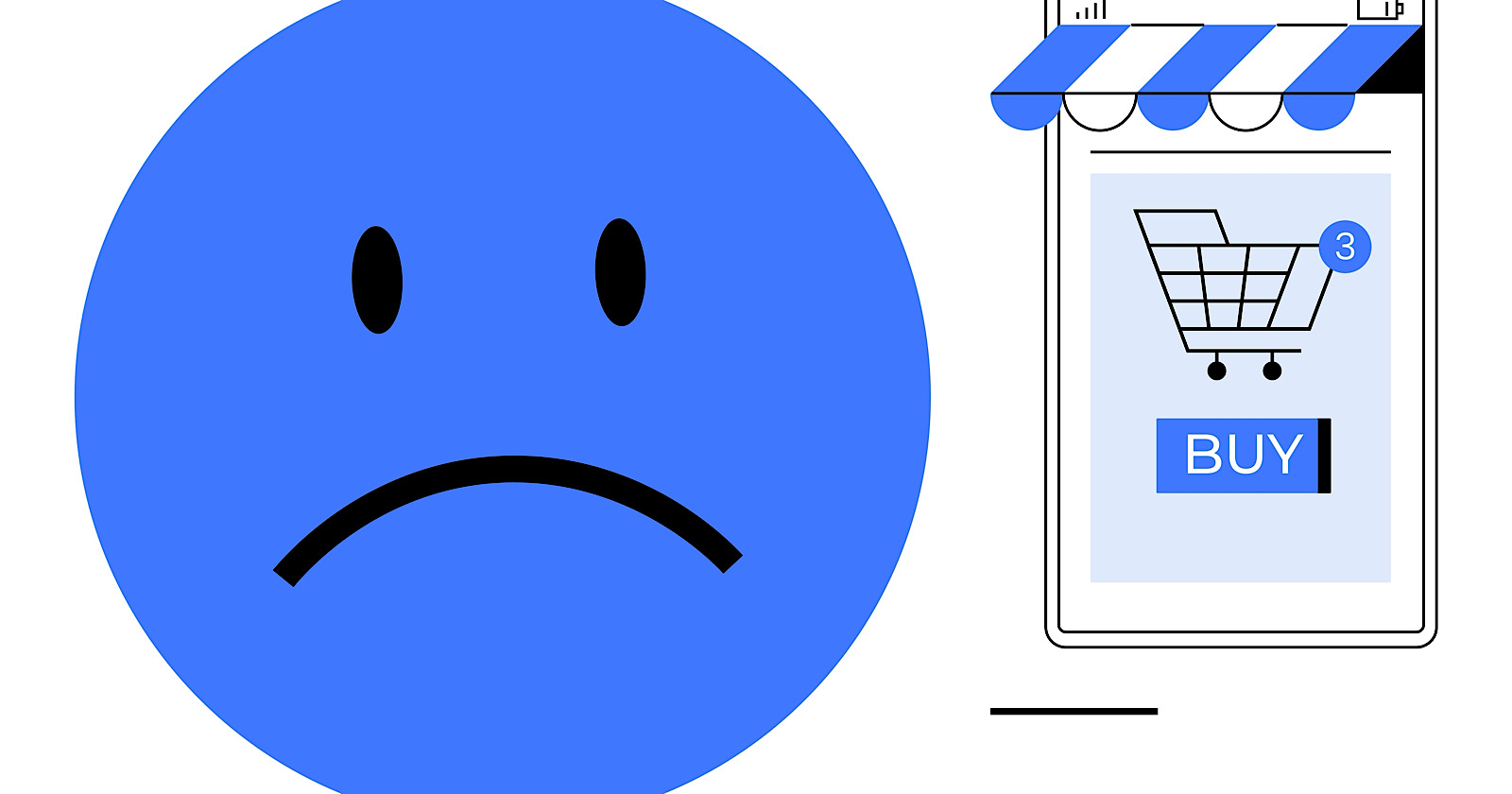Summary:
AI agents are distinct from chatbots as they can operate independently and complete tasks on behalf of users.
Companies like OpenAI and Accenture are at the forefront of developing AI agents.
Copilots collaborate with users, while agents act autonomously.
AI agents can be classified into overt, passive, and data activation agents.
Concerns regarding accuracy, biases, and reputational risks must be addressed as AI agents become mainstream.
This article serves as a WTF explainer on AI agents, breaking down this increasingly popular yet confusing term in the marketing world. Chatter about AI agents is ubiquitous, from Silicon Valley to the ski slopes of Davos, but how will they impact Madison Avenue?
Introduction to AI Agents
Just yesterday, OpenAI previewed its new "Operator" AI agent tool designed to assist users with various web-based tasks like booking travel, making restaurant reservations, and grocery shopping. Early brand partners include eBay, Etsy, Uber, Instacart, and more.
Despite the buzz around AI, it’s still early for widespread adoption. Marketers should ask: What are AI agents for? How are they made? What can they do, and what are their limitations?
What Are AI Agents?
Unlike chatbots, which are conversational, AI agents can take action on behalf of users. They can complete tasks, make decisions, and operate independently.
Companies like Accenture, various advertising agencies, and Talkdesk are leading the charge in developing AI agents. For instance, Oracle has introduced a sales AI agent designed to streamline the sales process and enhance customer communication.
Clarifying the Difference: AI Agents, Copilots, and LLMs
While both agents and copilots are gaining attention, they are fundamentally different. Copilots collaborate with users but don’t act autonomously, whereas agents operate independently. Large Language Models (LLMs) serve as the foundation for agents, providing them with the ability to generate text and assist in various tasks.
What Agents Can and Can’t Do
David DiCamillo, CTO at Code & Theory, categorizes AI agents into three types:
- Overt agents that assist in decision-making.
- Passive agents that analyze data behind the scenes.
- Data activation agents that act on insights derived from data.
Types of AI Agents
Some additional types of AI agents include:
- Goal-based agents that evaluate data against objectives.
- Utility-based agents that assess actions based on outcomes.
- Learning agents that adapt based on feedback.
Enabling AI Agents Through Platforms
Leading cloud providers like Amazon, Google, and Microsoft have introduced updates to facilitate the creation of agents. For example, AWS has enhanced its Amazon Bedrock platform for multi-agent collaboration.
Challenges and Risks
Companies must rethink their data strategies when building AI agents, from data collection to integration with existing processes. Concerns about inaccuracies, biases, and potential reputational risks must be addressed.
Early Success Stories
While it’s still early, companies like Twilio report successful outcomes with their AI agents. Twilio's customer support agent, Isa, has scaled from handling 2% of marketing leads to over 50%, significantly improving marketing metrics.
As the landscape of AI agents continues to evolve, marketers must navigate these new tools carefully to harness their full potential.








Comments
Join Our Community
Create an account to share your thoughts, engage with others, and be part of our growing community.